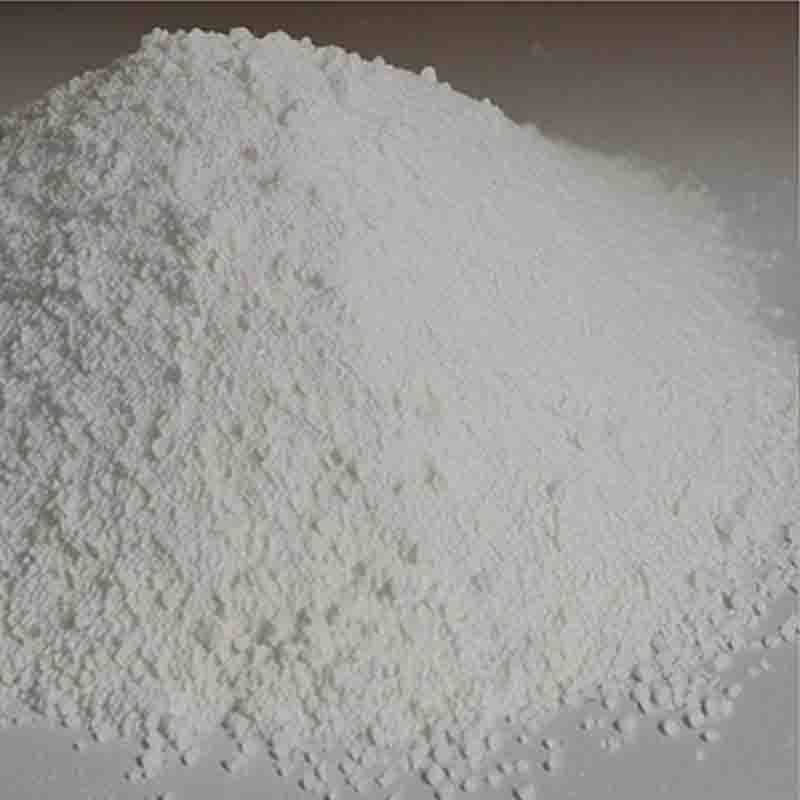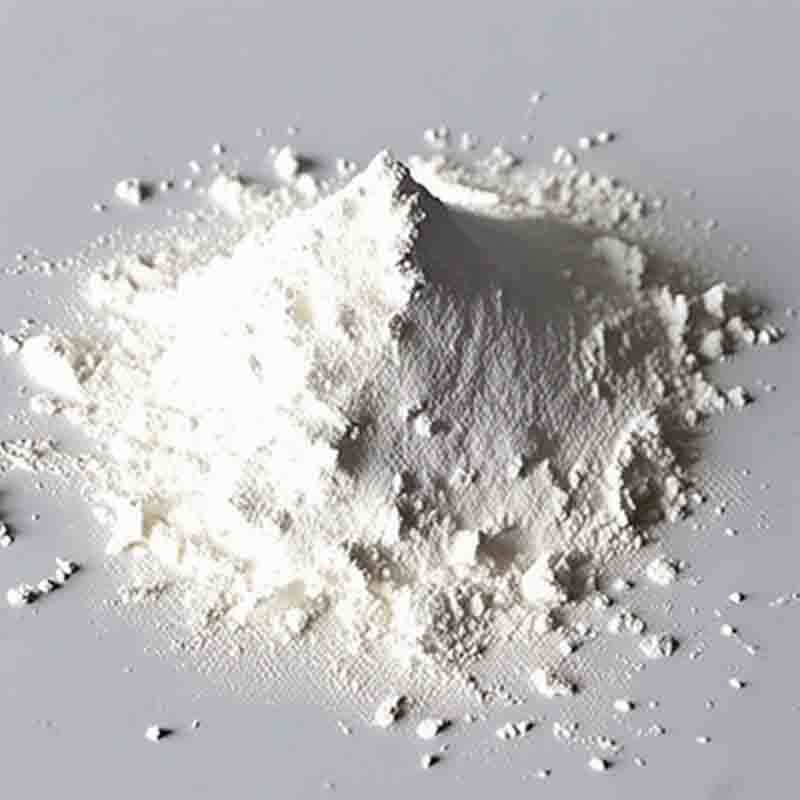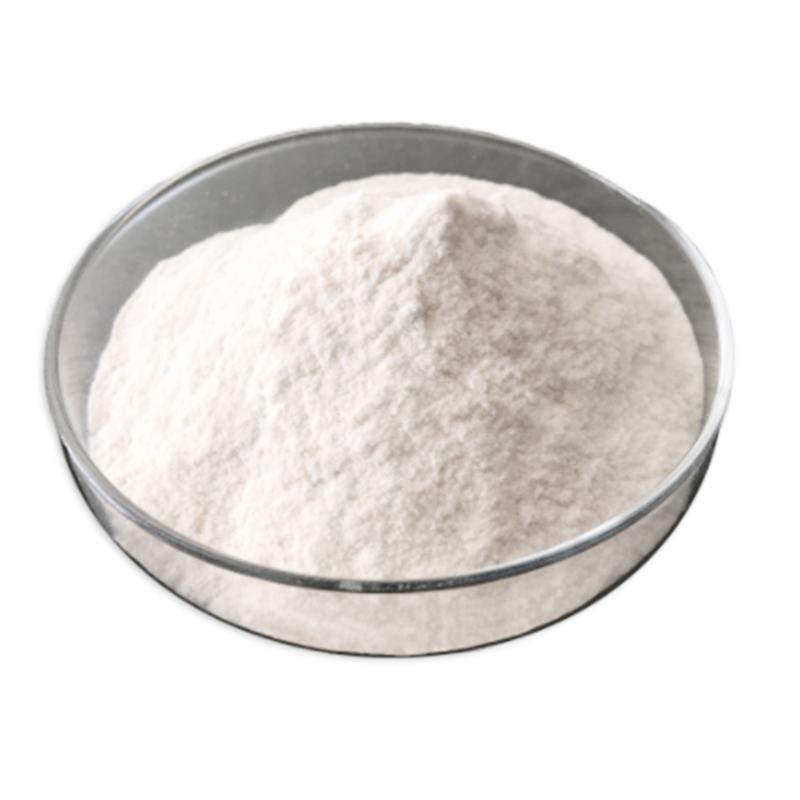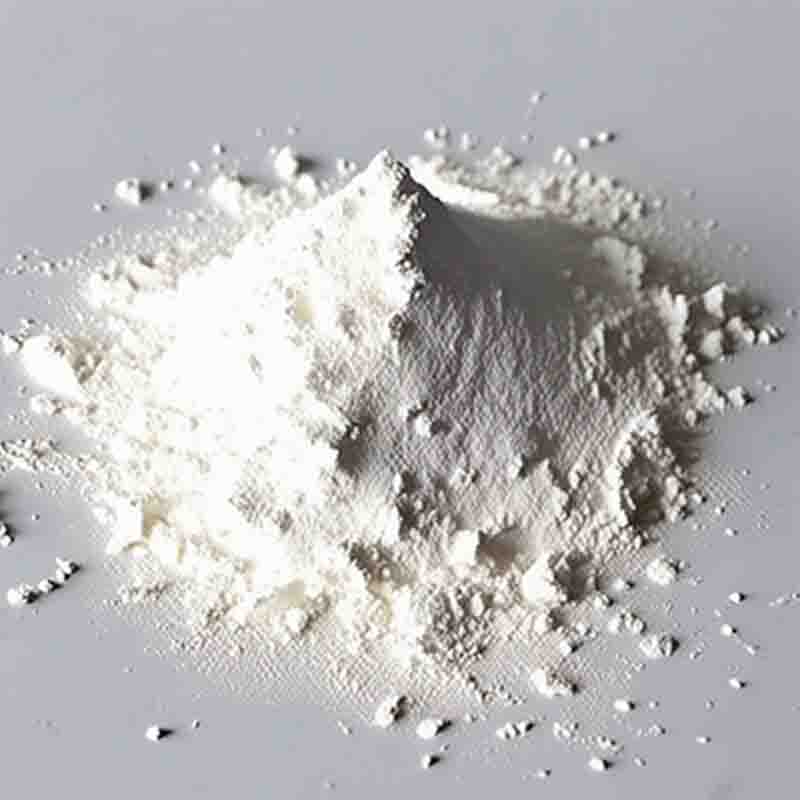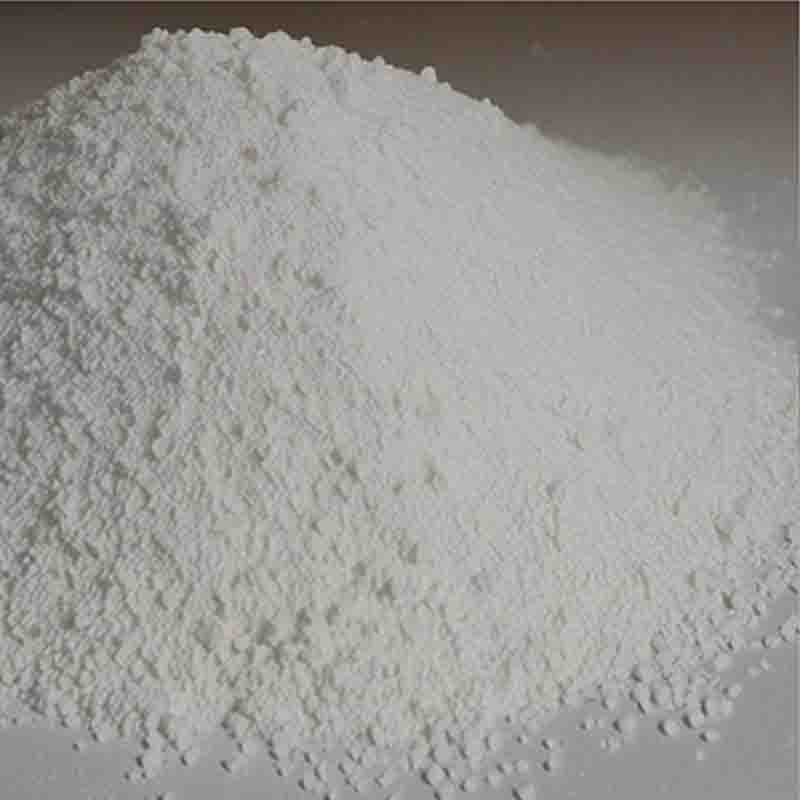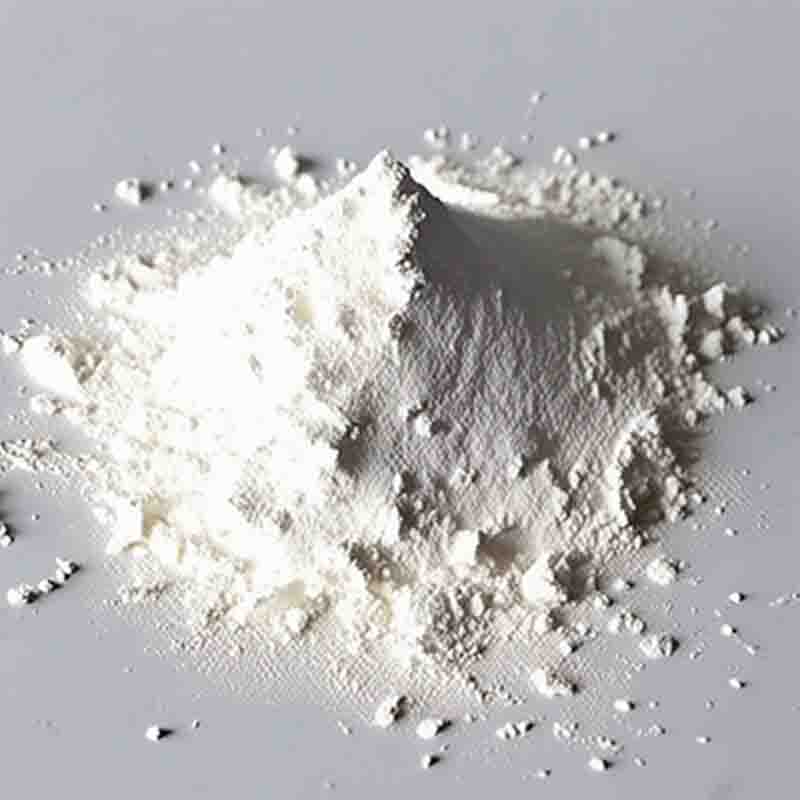3-Mercapto-2-Methyl-5-oxo-6-Hydroxy-1,2,4-triazine ; TTZ CAS: 58909-39-0
| Catalog Number | XD94270 |
| Product Name | 3-Mercapto-2-Methyl-5-oxo-6-Hydroxy-1,2,4-triazine ; TTZ |
| CAS | 58909-39-0 |
| Molecular Formula | C4H5N3O2S |
| Molecular Weight | 159.17 |
| Storage Details | Ambient |
Product Specification
| Appearance | White powder |
| Assay | 99% min |
3-Mercapto-2-Methyl-5-oxo-6-Hydroxy-1,2,4-triazine, commonly referred to as TTZ, is a chemical compound with various applications in the field of agriculture. TTZ is a broad-spectrum fungicide and bactericide that is widely used to protect crops from fungal diseases and bacterial infections.TTZ works by inhibiting the enzymes involved in the synthesis of proteins and nucleic acids in the target organisms. This disruption leads to the inhibition of important cellular processes, resulting in the growth inhibition of fungi and bacteria. Due to its broad-spectrum activity, TTZ is effective against a wide range of pathogens, making it a valuable tool in crop protection.One of the major advantages of TTZ is its systemic activity. It can be absorbed by the plants and translocated throughout various parts, including the leaves, stems, and roots. This allows TTZ to provide prolonged protection against fungal diseases and bacterial infections, even in areas that are difficult to reach by other methods.TTZ is particularly effective against diseases such as powdery mildew, downy mildew, leaf spot, and bacterial blight. It has been widely used in the protection of various crops, including fruits, vegetables, cereals, and ornamental plants. TTZ can be applied through foliar spraying, seed treatment, or soil application, depending on the crop and the targeted disease.In addition to its fungicidal and bactericidal properties, TTZ also exhibits growth regulatory effects on plants. It enhances plant immune response and provides resistance against various stress factors, such as drought and temperature fluctuations. This aspect of TTZ makes it beneficial in promoting overall plant health and improving crop yield and quality.However, it is important to use TTZ responsibly to minimize the risk of resistance development in target pathogens. Proper application techniques, dosage management, and rotation with other active ingredients are recommended to maintain the efficacy of TTZ over a prolonged period.It is worth noting that TTZ may have some potential health and environmental risks. As with any chemical pesticide, it is crucial to follow safety guidelines and regulatory requirements when handling, applying, and disposing of TTZ. Protective equipment and clothing should be used during application, and local regulatory requirements should be strictly adhered to.In conclusion, TTZ is a valuable tool in agricultural practices, serving as a broad-spectrum fungicide and bactericide for the protection of crops against fungal diseases and bacterial infections. Its systemic activity, wide range of effectiveness, and growth regulatory effects make it a preferred choice for crop protection. However, responsible use and adherence to safety guidelines are essential to ensure its efficacy and minimize potential risks.


